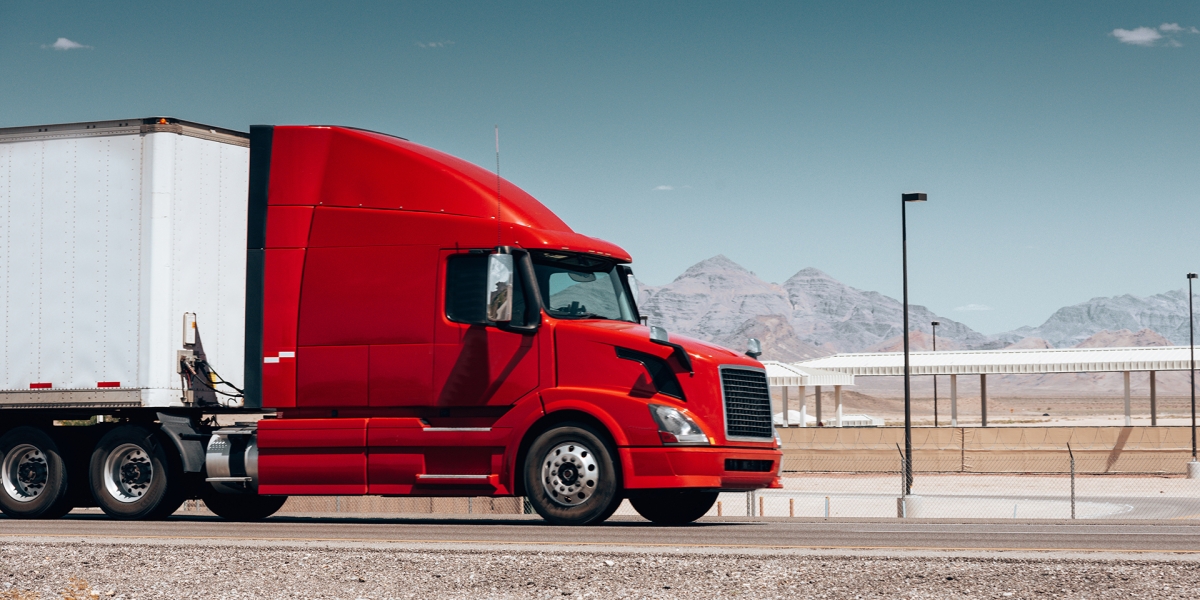Financial and operational challenges will continue to impact the transportation industry in 2023. Current challenges such as rising costs, driver shortages, disparate data, and aging and inefficient technology infrastructure are placing a burden on existing carrier business and profit models. To counteract these challenges there are several practical tactics that industry leaders should be hyper-focused on to maintain profitability and create value despite an uncertain economy driven by post-pandemic matters and consumer purchasing shifts.
Focus on Contract Optimization
Optimizing freight contracts can be a significant way to reduce profit leakage. To do this effectively requires a review and assessment of a carrier’s existing customer contract inventory. For example, terms and clauses such as payment terms and payment methods could be analyzed and standardized to improve working capital. Managing contracts on a contract and supplier management platform can make it easier to maintain freight contracts, reduce costs, increase logistics speed, create cohesive communications, and improve overall operations.
Focus on Efficiency
The pandemic and supply chain shocks have been the operating focus of many companies for the past few years. Acting in survival mode, some companies operated with short-term or reactionary behavior, often in and out of the spot rate market. Operating efficiently was not the primary focus. As the supply chain begins to normalize, companies are now turning their attention to operational efficiency. For example, carriers are taking a second look into areas such as trailer utilization rates, warehousing costs, and deadhead miles where operations can be more streamlined. Transportation and logistics companies are also investing in technology that is essential for tracking and analyzing costs and process effectiveness.
Focus on Cost Containment
While fuel costs remain volatile, and geopolitical circumstances uncertain, there are still measures that can be taken to keep fuel costs down such as optimizing truck routes and reducing deadhead miles which also bolster sustainability practices. Other cost concerns include legal matters and economic variables that have provoked a rise in insurance rates and claim payouts. A new report from the American Transportation Research Institute states that volatile and increasing insurance premiums have been a major industry concern. Its analysis of the Operational Costs of Trucking report found that insurance premium costs per mile increased overall by 47% over the last 10 years, from 5.9 cents to 8.7 cents.1 The trucking industry is working on ways to mitigate this impact, including the use of safety technology such as onboard cameras.2 Performing detailed cost analysis, industry benchmarking, and implementing an effective budgeting and cost reporting process could help keep operational costs in control.
Focus on Talent
A persistent challenge for the transportation industry is the driver shortage. Issues such as driver retention, workforce diversity, aging drivers, and regulatory pressures await new solutions. Industry stakeholders and carriers believe there are multiple ways to reduce the shortage including lowering the legal driving age to 18, improving driving lifestyle, and recruiting more women to the profession.3 Moving forward, carriers must be open to considering multiple approaches and avenues aimed at recruiting, developing, and maintaining talent.
Focus on Data
Turning data into usable insights and creating the right key performance indicators (KPIs) and metrics are essential to improving business operations. Transportation and logistics companies proliferate an abundance of transactional data. If harnessed correctly, it can be leveraged to help drive better business decisions such as determining the best services for specific jobs and providing insight into the most cost effective channels available. For example, tracking end-to-end delivery and shipping performance can increase hauling contract profitability.
Focus on Technology
Route optimization, cybersecurity, and minimizing manual paper processes are all areas of continuous improvement within the carrier industry. With truck route planning (dynamic routing), trucking fleet efficiency is improved and viable profit margins are maintained. Other sources of technology gaining traction include collision mitigation technology, electronic logging devices, and trailer tracking.
Cybersecurity measures are also increasing for the transportation and trucking industry, promoting safety and cost-effective savings. According to the Commercial Carrier Journal, the 2022 IBM Security study showed that 4% of all cyberattacks were aimed at the transportation industry, making it the 7th most targeted industry in the past year, up from 9th place in 2020.4
Conclusion
The transportation and logistics industry is currently at a crossroads. The unexpected challenges of the past few years have left a new footprint in the industry and FORVIS is prepared to help you navigate the demands of this new business model. Growth requires deep industry insight and a history of value-focused solutions—which is where we come in. Our transportation advisory team has experience supporting the unique and complex challenges facing carriers.
How FORVIS Can Help
- On the front end: Contract Assessment | Analysis | Process Improvement
- Along the way: Cost Effectiveness | Warehousing | Inventory | Fleet | Insurance Cost | Risk Management
- Finishing at the back end: Contract Compliance | Governance | Planning & Budgeting | Financial Analysis
Reach out to a transportation and logistics professional at FORVIS for more details or fill out the Contact Us form below.
- 1“ATRI Report Takes on Rising Trucking Insurance Costs,” truckinginfo.com, February 18, 2022
- 2“How In-Cab Cameras Help Fleets Improve Safety,” truckinginfo.com, January 28, 2021
- 3“Critical Issues in the Trucking Industry – 2022,” truckingresearch.org, October 2022
- 4“Cybersecurity Tips Fleets Can Use Against Modern-Day Pirates,” ccjdigital.com, August 11, 2022

